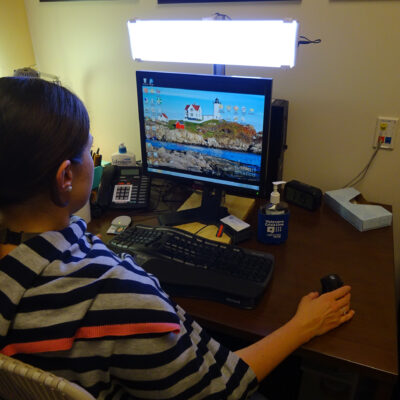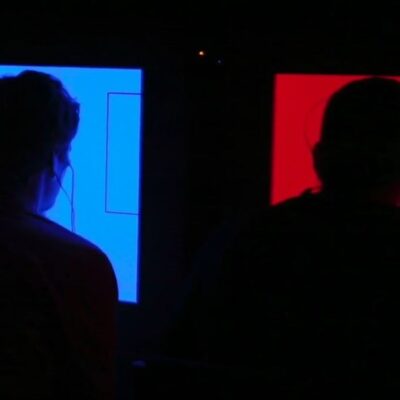Circadian lighting describes lighting systems designed to support human health by stimulating the body’s circadian system. While a young trend, it is potentially transformative in how we design and use lighting. This article provides a basic introduction to the topic.
Light + Health
Codes + Standards, Light + Health
Panel Discusses First LEED and WELL Platinum-Certified Building
Lighting plays a crucial role at the Washington, DC HQ of the ASID, the first project certified Platinum by both LEED and WELL.
Craig’s Lighting Articles, Light + Health
Healthy Lighting for Hospitals
My contribution to the May issue of ELECTRICAL CONTRACTOR talks about a complex but suitable application for circadian lighting–hospitals.
UL Forms Task Group to Develop Circadian Lighting Recommended Practice
Underwriters Laboratories Inc. (UL) has launched an initiative to develop a recommended practice for the specification, measurement, and application of lighting to support circadian entrainment of individuals in daytime work environments.
LRC Study Tests the Impact of Circadian Light on Alertness in Office Workers
In 2017, the Lighting Research Center (LRC) at Rensselaer Polytechnic Institute published a study showing that office workers who receive a robust dose of circadian-effective light experience better sleep, and lower levels of depression and stress, than those who spend their days in dim or low light levels.
LRC Releases Video Series on Light and Health
The Lighting Research Center (LRC) at Rensselaer Polytechnic Institute recently released a series of short videos on the science of lighting for human health.
Mariana Figueiro Talks Healthy Lighting for Healthcare Buildings
I recently had the pleasure of interviewing Mariana Figueiro, PhD, Professor and Director of the Lighting Research Center at Rensselaer Polytechnic Institute in Troy, New York. The topic: healthy lighting for healthcare buildings. The responses informed an article I wrote for the May 2018 issue of ELECTRICAL CONTRACTOR.
Lighting Research Center Study Tests the Effectiveness of Apple’s iPad Night Shift Application
A new LRC study investigated the effectiveness of Apple’s Night Shift screen setting for lessening the impacts of nighttime iPad use on melatonin suppression, a marker of the circadian system. The study found changing screen color alone is insufficient for limiting the impact of portable electronic devices used at night, and that screen brightness should also be reduced.
Craig’s Lighting Articles, Light + Health
Circadian Lighting: New Research and Tools
The lighting industry continues to explore potential benefits of lighting solutions that optimize human health. Studies indicate light has physiological effects that go beyond vision. In recent years, the industry has focused on the impact of light on the human circadian system, and how electric lighting choices thereby can affect circadian health. Mariana G. Figueiro, PhD, Professor and Light and Health Program Director at the Lighting Research Center at Rensselaer Polytechnic Institute, says there are four major factors in designing a lighting solution that optimizes circadian health.
Rethinking Exposure to Saturated Colored Light
In the most recent issue of Architectural Lighting, LRC Director Dr. Mariana Figueiro explains how red and blue light can be a means of increasing daytime alertness and nighttime sleep. While tunable lighting systems provide a dynamic lighting solution that create an aesthetically pleasing environment for users, when it comes to circadian-effective lighting, layers of [...]















